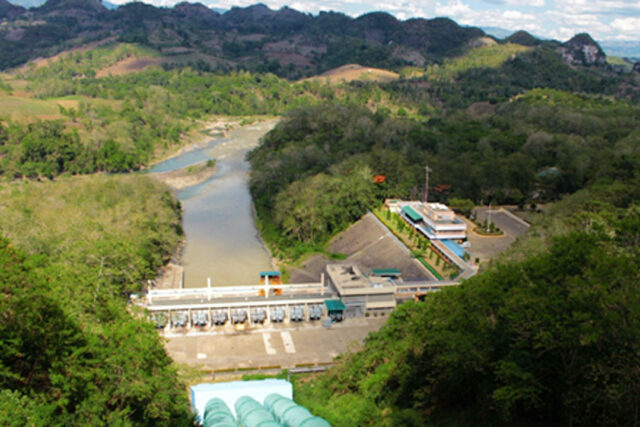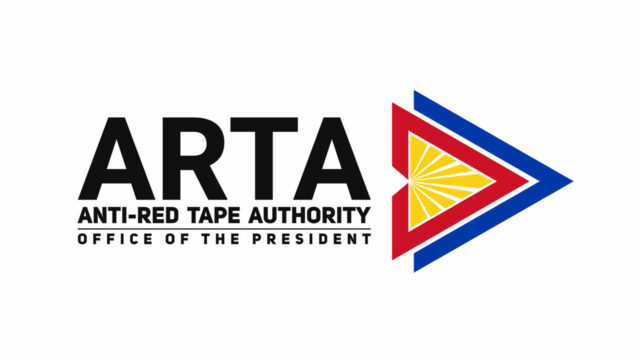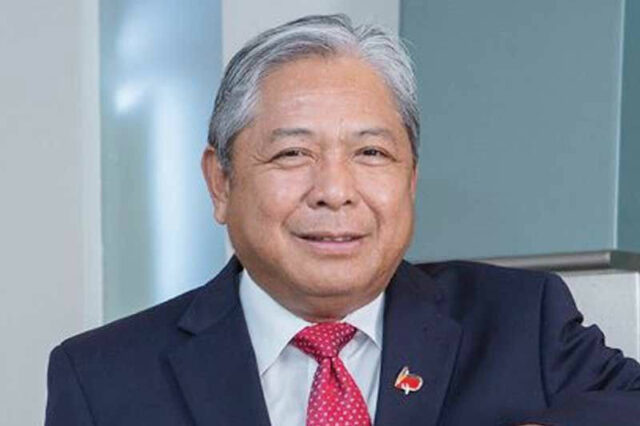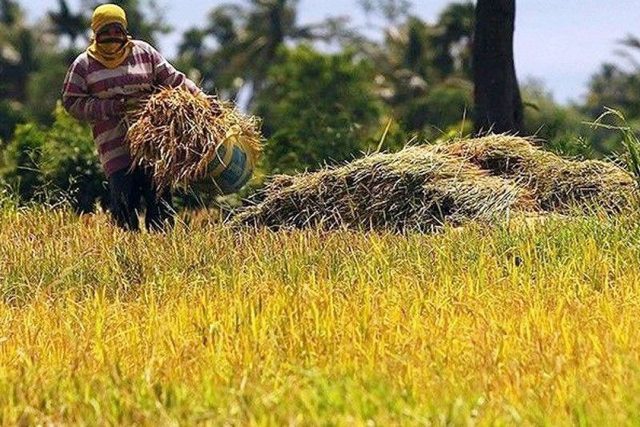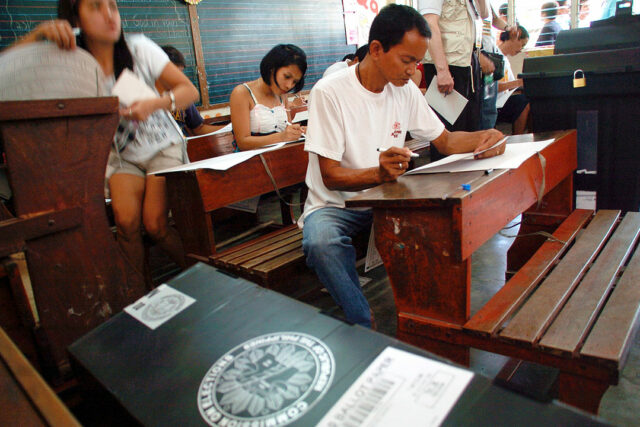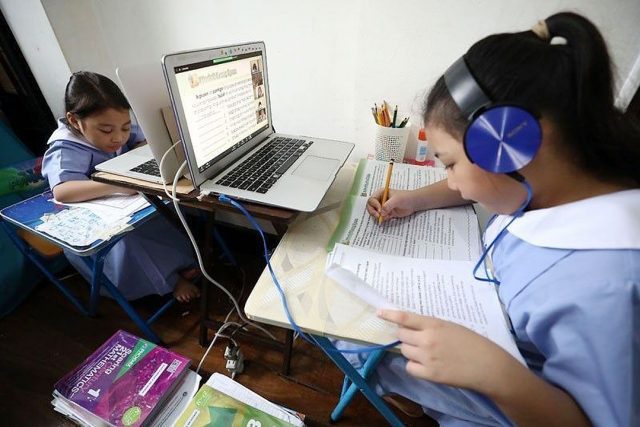A little over two months before the year-end holidays, the hearts of many are starting to feel the warm with all the colored lights and family gatherings, along with the never-ending Michael Bublé, Jose Mari Chan, and the occasional Christina Aguilera Christmas songs that we start to hear even in our sleep. Then again, for most of us who are on the “giving end” during the holiday season, there’s always that nagging thought in the back of our minds — the “holiday gastos.” It’s that time of the year when we may have to double check our bank accounts to verify that we can afford that Christmas wishlist hanging by the tree, or whether it’s time to consider availing of that company benefit we have left untouched for some time.
Those who are considering increasing their holiday funds by availing of benefits falling under equity-based compensation, specifically those who are occupying supervisorial and managerial positions, may have to look at a newly-released BIR regulation, RR 13-2022, although it might not be the most heartwarming news this season.
EQUITY-BASED COMPENSATION
Equity-based compensation, as some of us may already be familiar with, is an additional benefit given to employees in the form of an option to buy shares of stock (of the employer’s company or some other company), which may be exercised for a given period, giving such employees an opportunity to own shares in a company. It is an incentive for services rendered by the employees, and is typically dependent on performance, outstanding business achievements and exemplary organizational, technical or business accomplishments. It covers all types of employee equity schemes (i.e., stock options, restricted share awards, stock rights, and restricted stock units).
INCOME TAX TREATMENT OF EQUITY-BASED COMPENSATION PRIOR TO RR 13-2022
The peculiar aspect of equity-based compensation, unlike other forms of compensation, is that it is taxed not at the time of grant, but rather at the time of the exercise of the option by the grantee. Upon the exercise of the option, it is considered additional compensation equivalent to the difference of the book value/fair market value of the shares, whichever is higher, at the time of the exercise of the stock option and the price fixed on the grant date. In other words, the taxation is deferred until the time the employee/grantee exercises the option.
Prior to the issuance of RR 13-2022, there was a difference in the tax treatment of equity-based compensation between a rank-and-file employee and those who occupy supervisory or managerial positions.
Under RMC 79-2014, which was the governing rule prior to the amendment introduced by RR 13-2022, those occupying supervisorial and managerial positions were accorded preferential treatment in terms of the taxability of equity-based compensation because of the fact that the amount received from the exercise of the grant will not form part of gross compensation but is taxed as a fringe benefit.
A fringe benefit, to refresh our memory, is any good, service, or other benefit furnished or granted in cash or in kind by an employer to an individual employee (except rank-and-file employees).
Tax treatment as a fringe benefit may be considered better in the sense that:
1.) the value of the equity grants is determined by dividing its actual monetary value by 65%, in accordance with section 33 of the National Internal Revenue Code, as amended; and
2.) The fringe benefit tax is paid by the employer.
It is one of those instances where those of higher positions (i.e., those who earn more) enjoy preferential treatment in terms of tax liability. Availing of equity-based compensation is more favorable for those occupying supervisorial and managerial positions, precisely because of that bit of tax savings. This is strange considering that it is a basic principle of a sound tax system that taxation should be based on one’s ability to pay; if you have more, you should be paying more.
Then again, the difference in the treatment has been removed by RR 13-2022. With the amendment, both rank-and-file employees and those occupying supervisorial and managerial positions are now on a level playing field in terms of the tax implications of equity-based compensation.
INCOME TAX TREATMENT OF EQUITY-BASED COMPENSATION UNDER RR 13-2022
Revenue Regulations 13-2022 expressly characterizes equity-based compensation, once exercised, or availed of, as additional compensation for services rendered by employees. This means that the amount accruing from such grant, upon exercise of the option, forms part of the gross income of the employee, subject to income tax and consequently, to withholding tax on compensation.
The basis of the taxability of equity-based compensation is Section 32(A) of the National Internal Revenue Code as amended, which defines gross income as all income derived from whatever source, including compensation for services in whatever form paid, including but not limited to fees, salaries, wages, commissions, and similar items. As implemented Section 2.87. l (1) (A) of RR 2-98 explicitly states that:
“SECTION 2.78.1. Withholding of Income Tax on Compensation Income. —
xxx xxx xxx
(A) Compensation Income Defined. —
xxx xxx xxx
(1) Compensation paid in kind. — Compensation may be paid in money or in some medium other than money, as for example, stocks, bonds or other forms of property. If services are paid for in a medium other than money, the fair market value of the thing taken in payment is the amount to be included as compensation subject to withholding. If the services are rendered at a stipulated price, in the absence of evidence to the contrary, such price will be presumed to be the fair market value of the remuneration received. If a corporation transfers to its employees its own stock as remuneration for services rendered by the employee, the amount of such remuneration is the fair market value of the stock at the time the services were rendered.» (Emphasis ours)
With the current regulation, the same rule will apply regardless of the status of the grantee-employee, who could either be rank-and-file or occupying a supervisorial or managerial position. The regulation also explained that Section 32 does not make a distinction for purposes of applying tax implication on all forms of compensation, including equity-based compensation.
From there, we can see the underlying reason for the amendment of RMC 79-2014, which is the fact that there really is no adequate basis to make a distinction as to the tax treatment of equity-based compensation for rank-and-file employees, and those holding supervisorial and managerial positions.
REPORTING REQUIREMENTS UNDER RMC 79-2014
For the information of the employer/grantor, the reporting requirement under RMC 79-2014 was retained, to wit: 1. Submission of a statement under oath, containing the mandatory information, within 30 days from the grant of the option and 2. Additional report within 10 days from the exercise of the option.
The employer/grantor would still have to comply with the same reporting requirement under RMC 79-2014, except for the fact that it is no longer required to report the paid fringe benefit tax, precisely because it has already been removed.
On the one hand, it can be said that equalizing the tax treatment with regard to equity-based compensation for both rank-and-file employees and those occupying supervisorial and managerial positions is a step towards a more equitable tax system. Removing the preferential treatment, in terms of tax liability, definitely sounds like an effort to make the rules on equity-based compensation more just. Could we now hope for a more equitable and just implementation of the tax law? Thoughts?
Let’s Talk Tax is a weekly newspaper column of P&A Grant Thornton that aims to keep the public informed of various developments in taxation. This article is not intended to be a substitute for competent professional advice.
Alexis Dy Dela Cruz is an associate from the Tax Advisory & Compliance division of P&A Grant Thornton, the Philippine member firm of Grant Thornton International Ltd.
pagrantthornton@ph.gt.com

